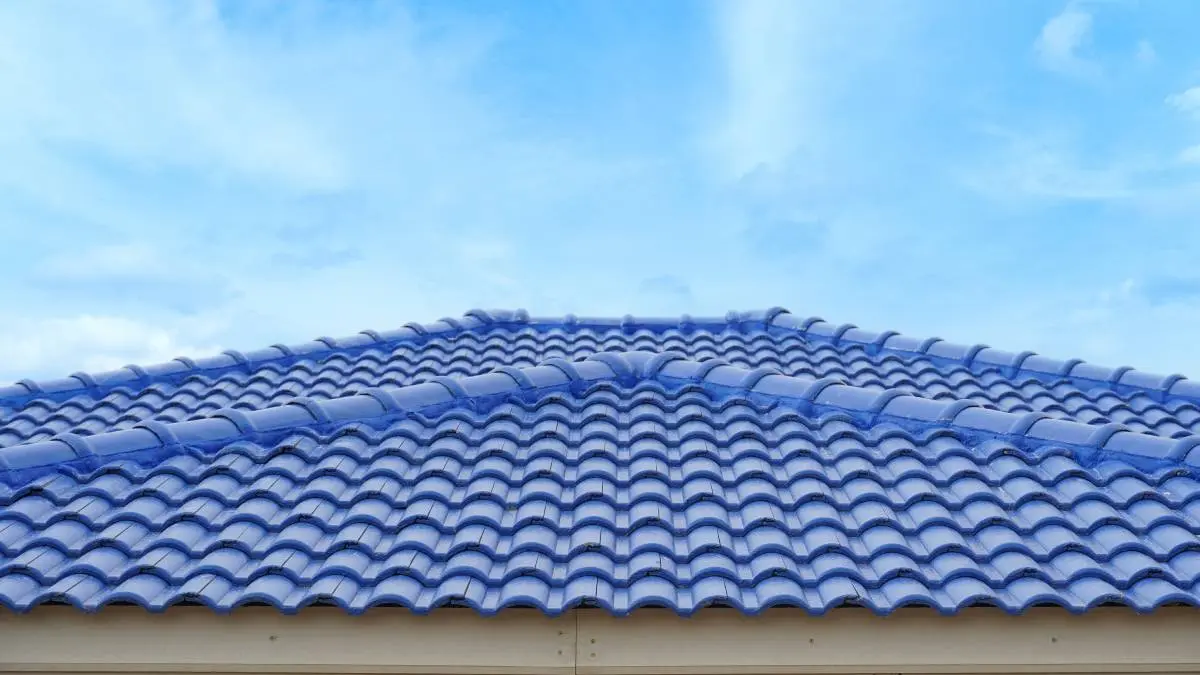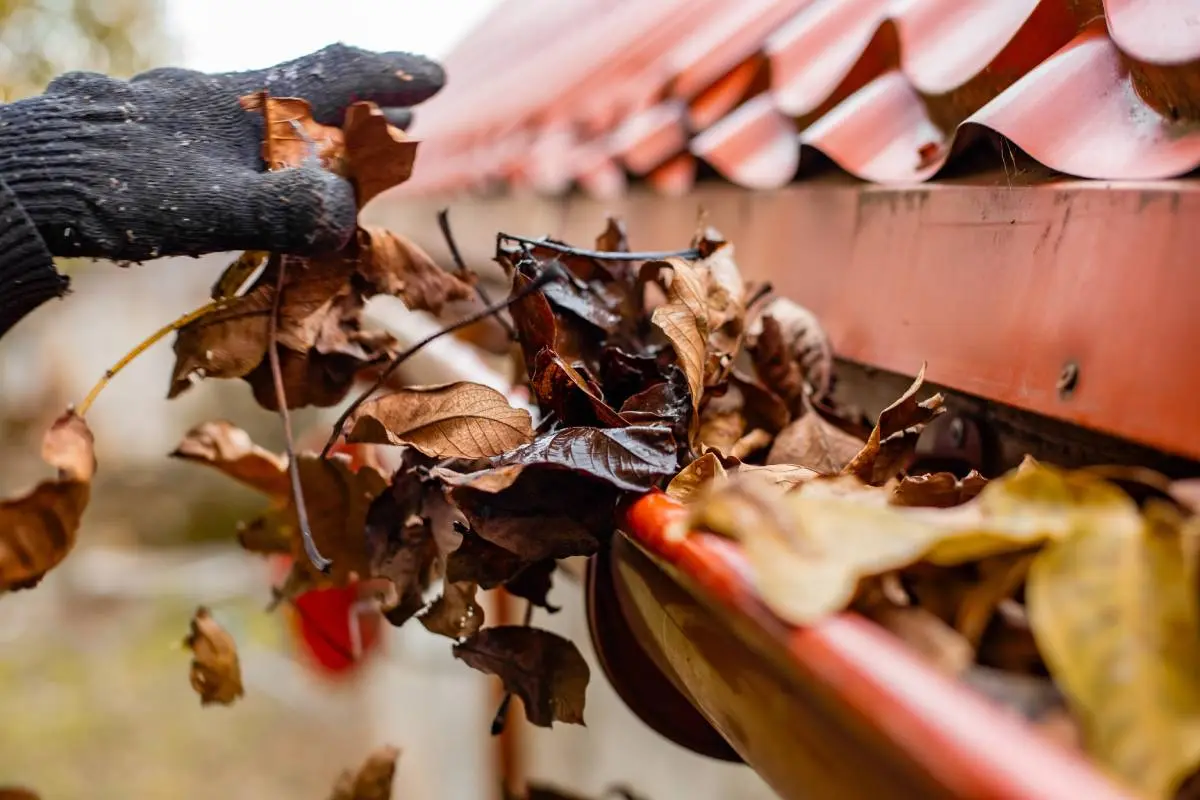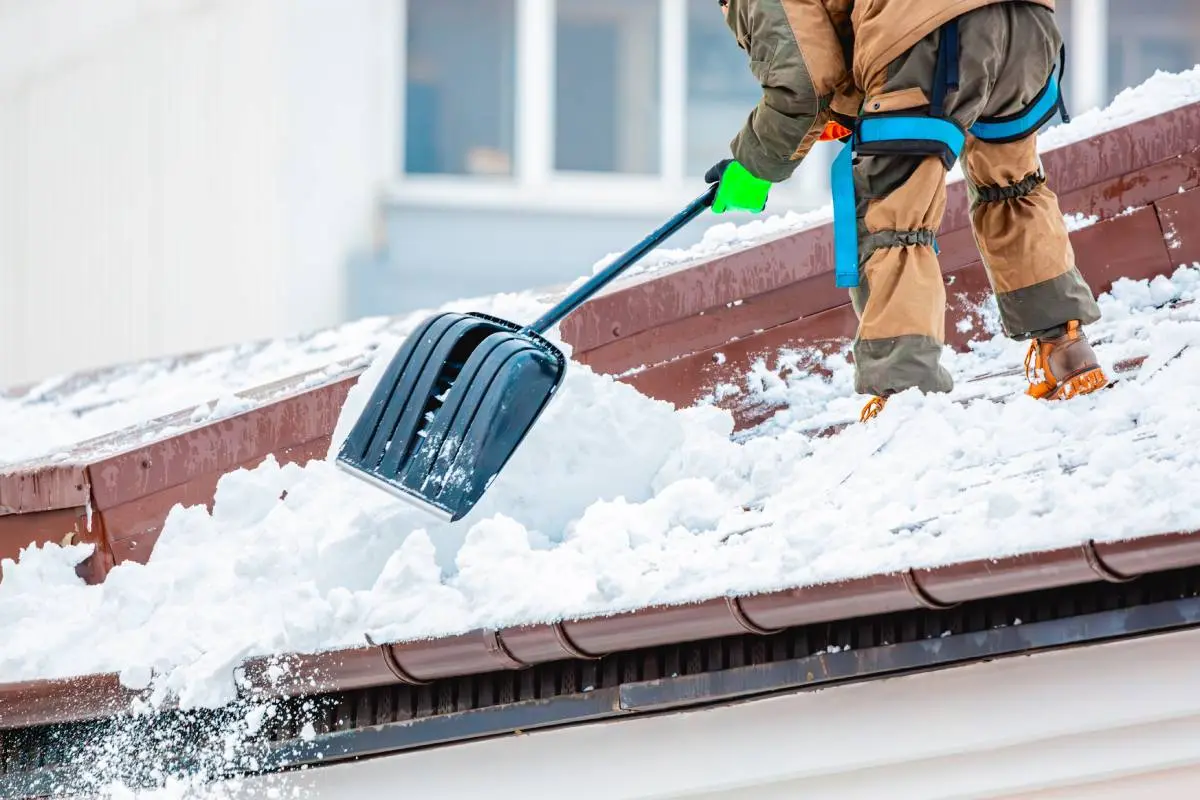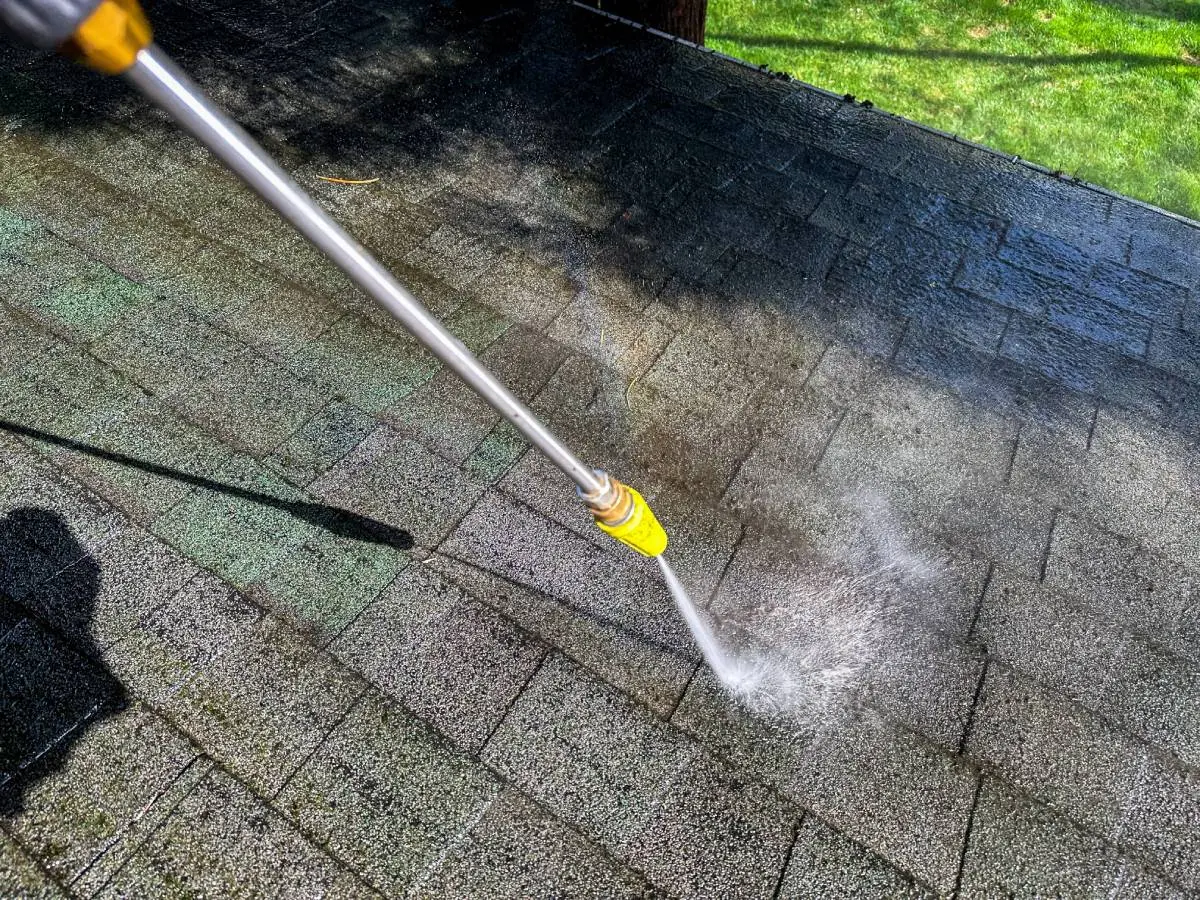Many homeowners only think about roof maintenance once there’s visible damage. As a contractor, positioning seasonal maintenance as a proactive service prevents costly repairs for clients, builds long-term trust, and keeps your schedule steady year-round.

That difference in perspective can create some tension. Homeowners rarely want to spend time or money on maintenance, while contractors understand it’s the best way to avoid major, much more expensive issues down the road. Roof maintenance typically runs between $120 and $400, compared to between $392 and $1,913 for repairs. When you communicate those savings clearly, it helps clients understand the value of preventative work and helps you sell maintenance contracts more effectively.
The Seasonality of the Roofing Industry
Roofing is a seasonal business. Work usually picks up in spring and summer, when good weather and storm-related repairs drive demand. In the fall, preventive maintenance spikes as homeowners prepare for winter. Finally, winter is often the slowest season, with cold temperatures and hazardous conditions limiting what can be done safely.
Understanding when demand peaks can give contractors a significant advantage in planning crews, executing marketing campaigns, and offering targeted financing options. These seasonal fluctuations can significantly impact how much roofers earn over the course of a year.
Whether you’re just starting a roofing company or are an experienced professional, seasonality isn’t a challenge to fight. It’s a tool you can use to better manage the rhythm of your business throughout the year.
Maintenance Checklist for Fall
Fall brings moderate, consistent temperatures that generally make roof maintenance manageable. There’s a steady demand as homeowners prepare for winter, creating opportunities for contractors to schedule preventative maintenance jobs.

During this season, it’s best to keep in mind the trends driving the roofing industry as a whole: aging infrastructure, weather events, and energy-efficient solutions. Beyond those overall trends, the following are a few jobs to focus on for your fall roof maintenance checklist.
1. Clearing Leaves, Debris & Gutter Prep for Winter
Leaves and debris can quickly clog gutters. When that happens, water backs up under shingles or overflows toward the siding, which can cause leaks, ice dams, or other damage if left unchecked.
2. Checking for Loose or Missing Shingles
Wind, storms, and seasonal wear can loosen or damage shingles, creating potential entry points for water and increasing the risk of leaks. Fall presents a window of opportunity to thoroughly inspect roofs and address any issues before winter weather intensifies.
3. Flashing & Sealant Reapplication
Over the summer, sealants around flashing, chimneys, vents, and skylights can dry out, crack, or shrink, leaving vulnerable points where water can infiltrate. Fall is an ideal time to inspect these areas and reapply sealant, reinforcing weak spots before winter weather sets in.
4. Pre-Winter Preventative Maintenance
Taking the time to perform preventative maintenance in the fall can save homeowners from emergency calls during harsh winter storms. The above tasks — patching minor leaks, tightening loose shingles, and clearing gutters — can prevent minor issues from turning into costly, time-sensitive repairs later on.
Positioning pre-winter maintenance as a proactive helps keep your crews busy, reduces emergency callouts, and provides consistent revenue during a slower season.
Maintenance Checklist for Winter
Winter brings unique challenges for roofing contractors. Cold temperatures can make shingles less flexible and harder to work with, while snow and ice create safety hazards for crews. These conditions can slow down projects and limit the types of maintenance or replacements that are feasible.

Winter also presents opportunities. With slower job volumes, contractors can focus on marketing their roofing business for the upcoming spring, reaching out to past clients, and building seasonal campaigns. It’s also an ideal time to ensure all roofing licenses, certifications, and insurance are up to date, so crews are fully compliant and ready to operate efficiently when demand picks up.
Even with the seasonal challenges, contractors can still add projects to their roof preventative maintenance checklist for the winter months. The following section highlights some of the most common and practical winter tasks to help keep crews productive and clients’ roofs protected.
5. Emergency Leak Patching & Ice Dam Removal
Ice dams and heavy snow loads can quickly lead to leaks and structural damage. For contractors, being available for emergency repairs during the winter can help build relationships with clients and generate off-season revenue.
6. Snow Load Concerns & Roof Reinforcement
Heavy snow can pose serious risks to a roof’s structural integrity. Contractors can provide value by assessing snow loads and advising on safe removal.
7. Attic Inspections for Condensation & Heat Loss
Condensation in the attic can lead to mold, rot, and other structural damage if left unchecked. Ensuring proper insulation and ventilation not only prevents moisture problems but also helps maintain consistent indoor temperatures and lower heating costs during the winter months.
8. Storm & Wind Damage Response
Winter storms are unpredictable and can lead to sudden roof damage. By offering roofing financing, contractors provide homeowners a way to manage unexpected repair costs, making it easier to approve necessary work quickly and keeping projects moving during this slower season.
Maintenance Checklist for Spring
Spring is a prime time for roof maintenance. With milder weather, contractors can work efficiently without the challenges of extreme heat or heavy rainfall. This season provides an opportunity to inspect roofs for any damage caused by winter storms and to make necessary repairs before spring showers and summer storms arrive.

9. Inspecting for Winter Damage
Snow, ice, and freezing temperatures can cause shingles to crack and flashing to become loose. Conducting a thorough spring inspection enables contractors to identify and address these issues early, preventing minor winter-related damages from escalating into costly leaks during spring rains.
10. Gutter Cleaning & Drainage Prep
Winter debris often accumulates in gutters, creating blockages that can lead to water backup and damage to the roof. Addressing gutter cleaning in the spring ensures proper drainage, prevents costly water issues, and provides an opportunity to offer preventative maintenance services to clients.
11. Moss, Algae, and Mold Treatment
Spring’s damp conditions can encourage the growth of moss, algae, and mold on roofs. Addressing these issues early protects the shingles, extends the roof’s lifespan, and helps maintain the overall health of the home.
12. Preparing for Heavy Spring Rains
Inspecting and maintaining sealants and roof valleys is crucial to prevent water infiltration during spring’s first major storms. However, the challenge remains that homeowners often don’t want to invest in preventative maintenance until a visible problem arises. Convincing them to commit to proactive work can be difficult.
One effective strategy for your roof maintenance checklist is to bundle multiple spring services into a comprehensive package. Not only does this make it easier for homeowners to see the value, but it also allows contractors to increase revenue, fill their schedules during a moderately busy season, and position themselves as trusted, full-service providers.
Maintenance Checklist for Summer
Summer is one the busiest times of year for roofing projects. Longer daylight hours and consistently warm temperatures enable contractors to work efficiently. Heat also helps roofing materials, like shingle adhesive, set properly, making summer an ideal time for installations and repairs.

As the peak roofing season, summer drives high demand for contractors, making scheduling more competitive and crews busier than at other times of the year. Plan ahead with your summer roof maintenance checklist to allocate resources efficiently and maximize revenue during this busy period.
13. Heat-Related Shingle Wear & UV Damage
High summer temperatures can cause shingles to curl, lose granules, or develop leaks. Identifying and addressing these issues helps prevent more extensive repairs in the fall.
Keep in mind that high temperatures also pose a safety hazard for crews. Schedule work during cooler parts of the day, ensure frequent breaks, provide plenty of water, and monitor workers for signs of heat stress to keep teams safe and productive.
14. Attic Ventilation & Insulation Checks
A thorough attic ventilation inspection helps prevent heat buildup, which can “cook” shingles from both the top and bottom, leading to premature wear or damage. Addressing ventilation not only protects the roof but also provides a valuable talking point to demonstrate to homeowners how proper airflow can enhance energy efficiency and prolong the roof’s lifespan.
15. Storm & Hail Damage Inspections
Summer storms can develop quickly and cause unexpected roof damage. Conducting prompt post-storm inspections enables contractors to identify issues early and streamline the insurance claims process.
For contractors in storm-prone states, ensure your roofing license is current before performing any repairs or inspections to maintain compliance and prepare your business for the high demand of summer work. Check out our guide on Florida roofing licenses to make sure you’re up to date.
16. Flat Roof Repairs Due to Heat
High summer temperatures cause flat roofs to expand and contract, which can lead to cracks and potential leaks. While flat roofs may require more frequent inspections and sealant maintenance during hot months, sloped or shingled roofs may need attention after winter freeze-thaw cycles.
Conclusion
Using a seasonal roof maintenance checklist helps contractors work with the rhythm of the roofing industry, rather than against it. Not only does this keep homes protected year-round, but it also makes it easier to plan crews, manage materials, and schedule projects efficiently — turning weather-related challenges into business opportunities for seasonal roofing maintenance.
FAQs
How Much Does Roof Maintenance Cost?
Roof maintenance typically costs between $120 and $400, while more significant repairs cost an average of $1,147. Performing regular roofing maintenance to avoid larger repairs is usually the more cost-effective route for homeowners.
How Often Should Roof Maintenance Be Done?
At a minimum, roof maintenance should be performed at least once a year. Twice (spring and fall) is best to catch problems early, save money, and give homeowners peace of mind.
What Should Be on a Roof Maintenance Checklist?
A good roof maintenance checklist includes inspecting shingles, flashing, gutters, attic ventilation, and sealants. Seasonal tweaks — such as ice dam preparation or moss treatment — keep it relevant all year.


